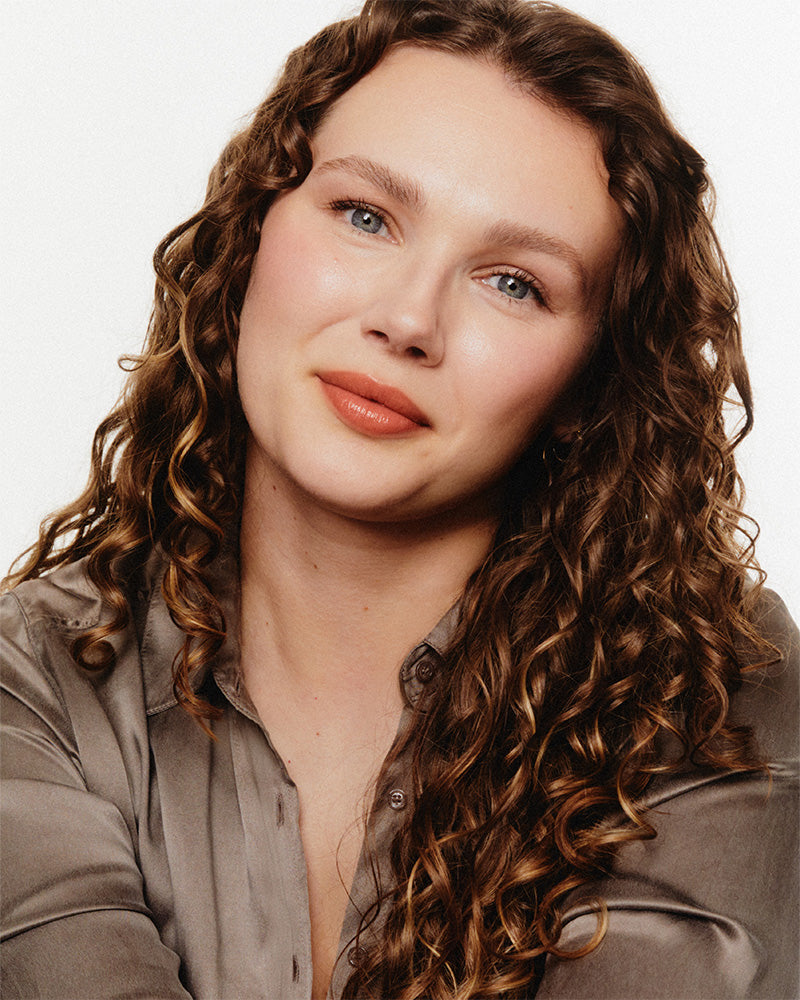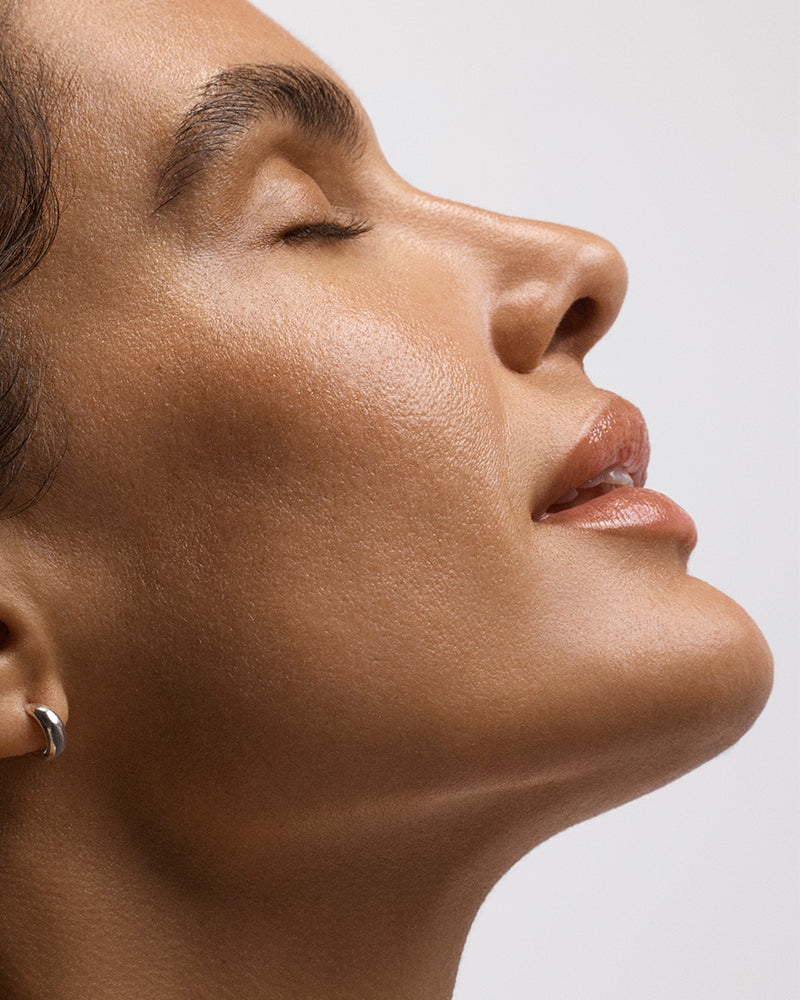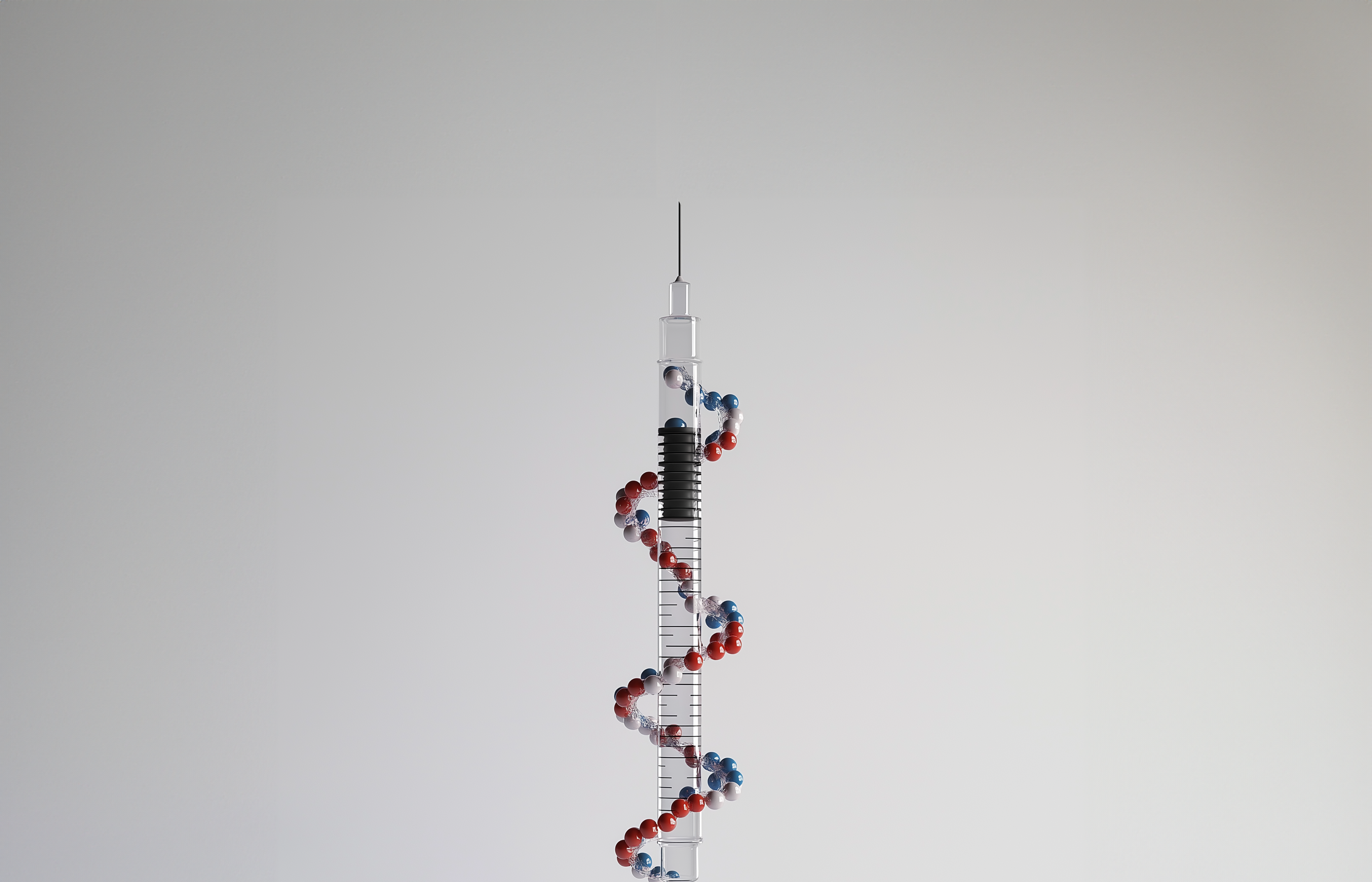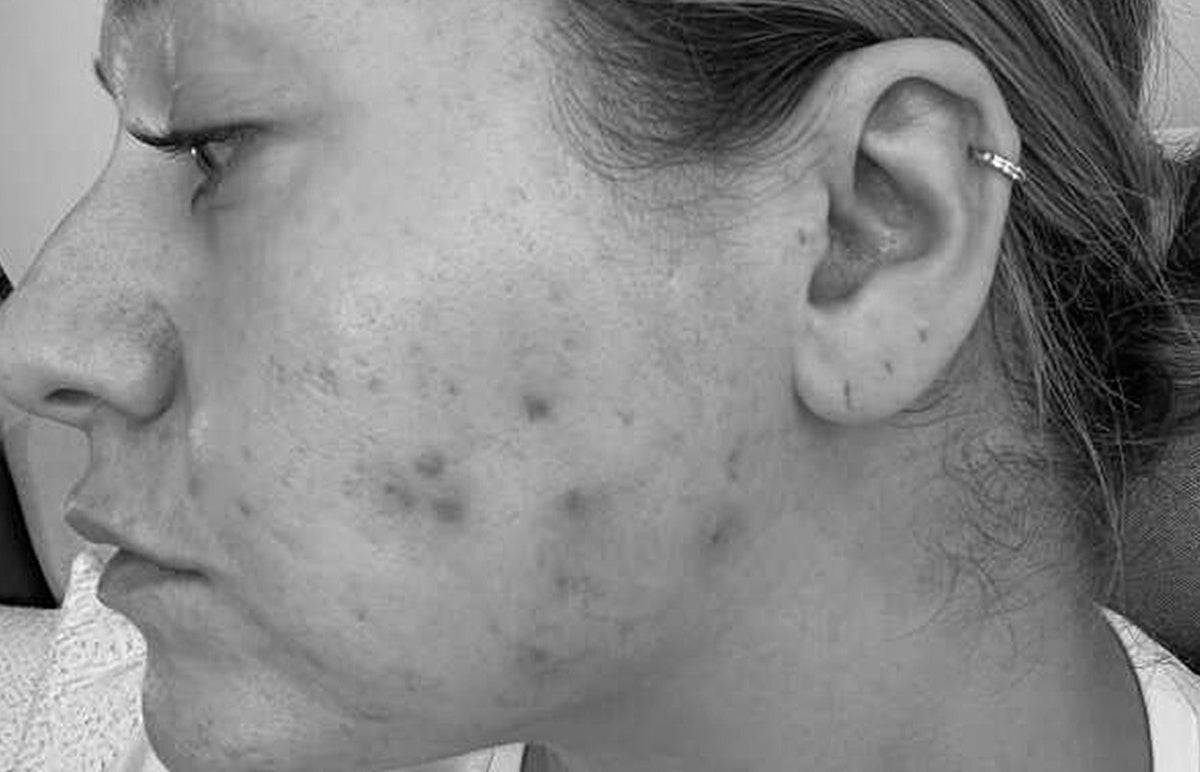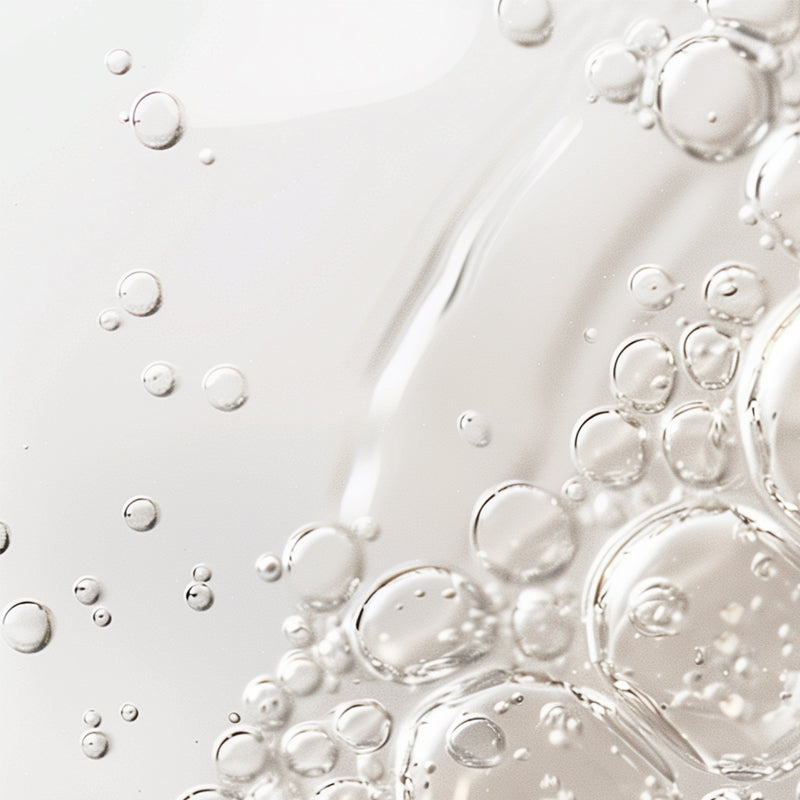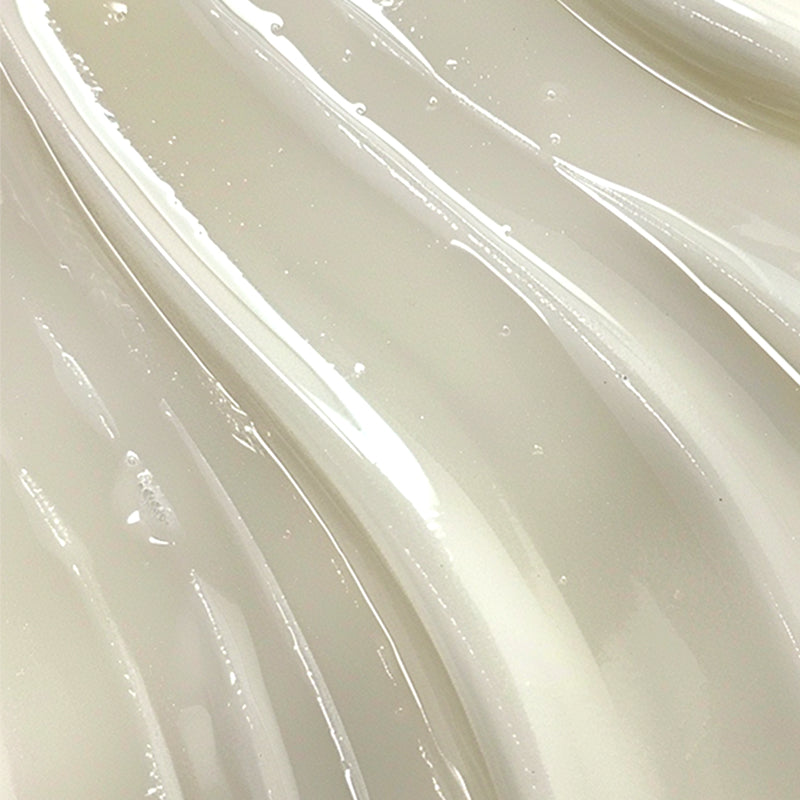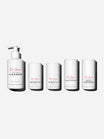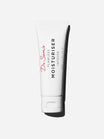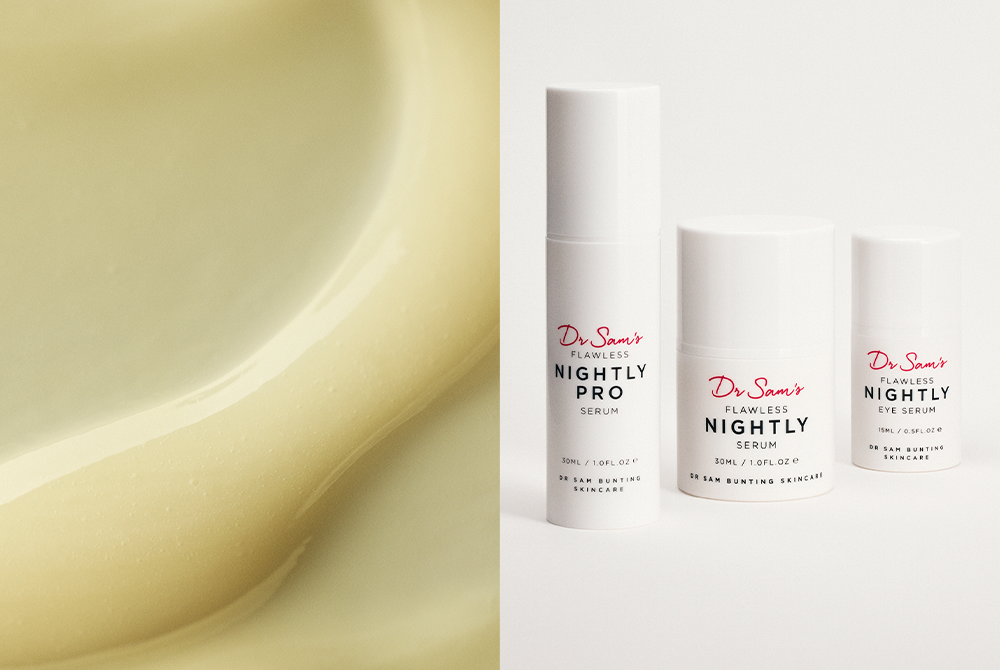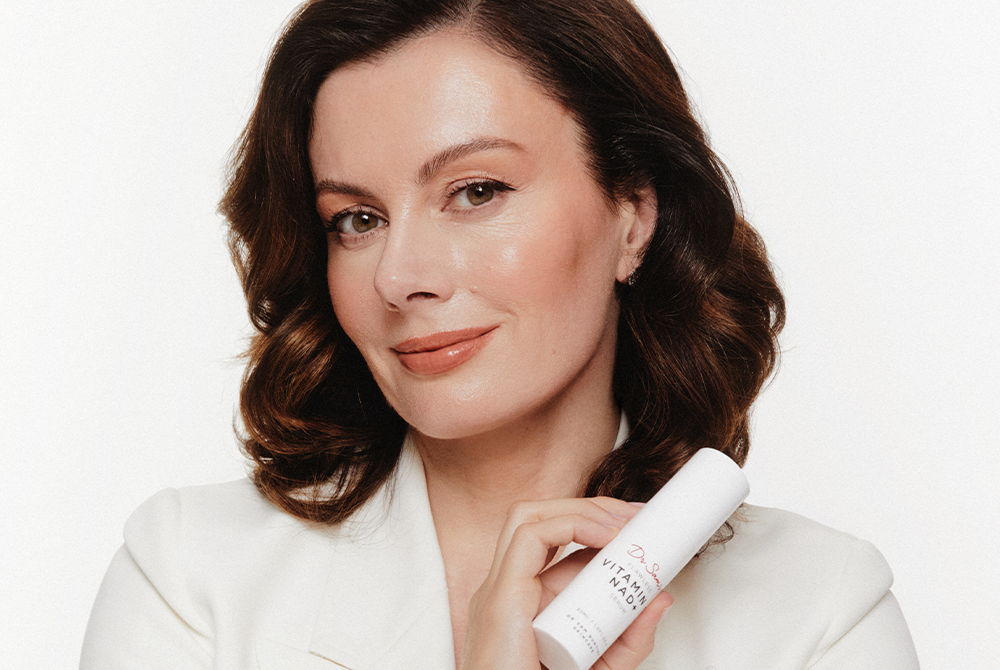So you’ve got your retinoid. You’ve got your technique down. Now what?
So I think the key questions are very simple. Decide how much. And decide how often. Then assemble your support products and give your retinoid your undivided attention.
It’s so fundamental as a skincare ingredient, I honestly think it’s worth setting your ‘optionals’ (like masks) aside to remove any rogue data that might mislead you as you proceed up the Retinoid Ladder.
I think where I’ve seen most people go wrong is by not properly respecting their retinoid, throwing it into an existing (and often cluttered routine ) without due consideration. And the other common error I've seen is not being consistent and slowly incremental about the amount used. The simple-yet-effective tool of giving patients I see in clinic an actual timetable of how they’re going to be using their products over the following 12 weeks makes all the difference in the world. So be smart and write yourself one, based on these simple-yet- effective principles!
During the first 6 weeks (a single skin cycle), skin function is going to change dramatically so be prepared – you didn’t get to where you are overnight so, equally, improving things takes time. Dryness, tightness, a bit of a purge as those blocked pores start to unblock, possibly leading to a bit of an acne flare… these sorts of experiences are normal. Think of your skin regime as you would an exercise programme – you wouldn’t expect to get fit training once a month - it takes time, persistence and discipline, and there may be some rough days. The same is true for your complexion.
If you do run into trouble - experiencing dryness, redness or flaking - the solution is usually a fairly simple one, if you’ve started slow and little (in terms of quantities). Simply back off and moisturise with fury. By going slow, and having days off initially, you reduce the risk of significant irritation considerably. The key thing to know is that retinoid reactions are usually a bit delayed. So don’t get cocky at night number 3 because all is well; wait the allotted 2 weeks before cranking it up a notch. It’s key to recognise that skin gathers tolerance over the course of a skin cycle. So when you recognise that, you realise that it’s ok to be patient. That’s how long it takes to clear out those pores, build skin scaffolding proteins and reduce pigmentation. It’s important work, so it’s not surprising it doesn’t happen overnight! When you restart, drop the intensity with one of the methods I mentioned in my demo video last week.
I hope this eases some of your anxieties and gives you the courage to move forward. Your skin will thank you!

